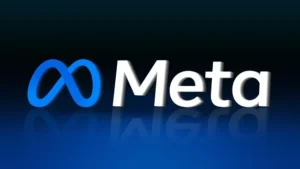In response to the recent legal battles, Apple has rolled out significant updates to its App Store policies, specifically in the U.S., allowing developers to link to third-party payment methods for in-app purchases. This move comes after the Supreme Court’s rejection of an appeal in the Apple vs. Epic trial, compelling Apple to discontinue its anti-steering rules.
Under the updated guidelines, U.S. developers can now provide external payment methods for their apps, even though they are still required to pay commissions to Apple, with rates set at 27 percent (or 12 percent for members of the App Store Small Business Program). The changes, detailed in Section 3.1.1(a) of the App Store Review Guidelines, outline the process for developers to apply for an “entitlement” to enable linking to alternative payment methods.
While developers have the freedom to link to external payment platforms, Apple maintains its control by requiring developers to also offer in-app purchases through Apple’s system. The commission charges apply to purchases made within seven days of a user clicking a link, and Apple reserves the right to review developers’ accounting information to ensure compliance.
A key addition is the introduction of the StoreKit Purchase Link, enabling apps offering in-app purchases in the U.S. iOS or iPadOS App Store to link to external websites for payments. Developers can apply for an entitlement to include buttons directing users to external sites, with the condition that in-app purchases through Apple’s system remain available.
Despite this concession, Apple does not allow developers to eliminate its in-app purchase system entirely, maintaining a degree of control over the payment ecosystem. The external link must be displayed deep within the app and is subject to specific restrictions to prevent misleading marketing practices or scams.
The developer requirements include monthly reports, even for zero transactions, and Apple retains the right to audit records. Commissions on purchases made through the StoreKit Purchase Link stand at 12 percent for Small Business Program members and 27 percent for others.
Criticism has arisen from Tim Sweeney, Epic’s CEO, who deems the 27 percent fee as “anticompetitive” and raises concerns about the user experience, particularly the “scare screen” when leaving an app for an external payment platform. Epic plans to contest Apple’s compliance plan in the District Court.
In conclusion, Apple’s adjustments to the U.S. App Store guidelines represent a significant shift, allowing developers more flexibility but maintaining control over payments. This move follows the Supreme Court’s decision in the Apple vs. Epic case, highlighting Apple’s ongoing efforts to navigate the evolving landscape of app store regulations.







